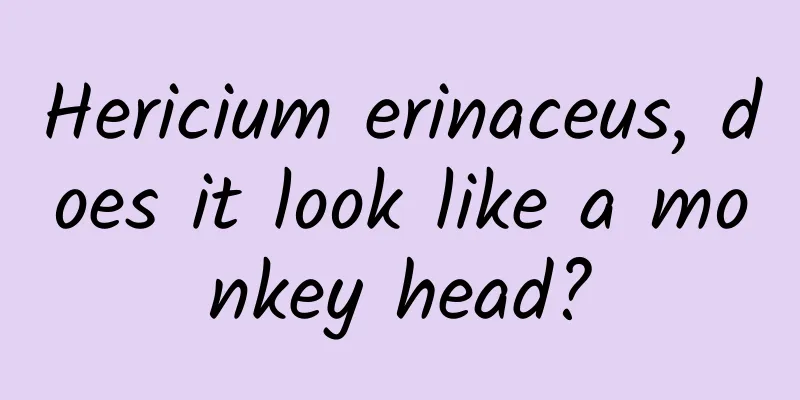Why don't goats need to go to the dentist?

|
Goats are creatures with sharp teeth, thin lips, and they are obviously big eaters. As a leader among herbivores, goats feed on a very wide range of foods. It can eat the green grass of ordinary herbaceous forage, and can also chew on bushes with long branches and thorns. Unlike humans who wash the vegetables before eating them, goats bite them directly in one bite without even pausing. This also means that every meal of the goats is paired with a special ingredient - sand and dust. In theory, this is not a strange thing, because animals in nature do not process their food themselves, so it is normal for the food they eat to contain a little sand and soil. Moreover, in daily life, we may accidentally knock sand into our mouths while eating, so eating sand is no big deal. But there are always people who look at things from a different perspective. While many people think that eating sand is normal, some people have discovered that goats’ teeth are normal, meaning they do not appear to be worn much. This is a bit strange, because if we accidentally knock sand off our teeth while eating, our teeth will hurt for a while. If we use too much force, it may cause the teeth to loosen. So the goats that eat sand for three meals a day still have intact teeth. Is it because their teeth are particularly good? To solve this problem, a group of researchers who love lamb conducted an experiment. They fed 28 goats diets containing varying amounts of grit for six months. After 3 months of feeding, the research team examined the stomach contents of all the goats using computed tomography (CT); Six months later, they slaughtered the goats and analyzed the food in their digestive tracts. CT scan and autopsy results showed that the sand was distributed stably in the goat's body, and that the sand was gathered in the goat's lower abdomen as if it had been planned. Why is this happening? Because goats belong to the ruminant group, the goat's stomach has four chambers, namely the rumen, reticulum, omasum and abomasum. When they eat food, it first enters the rumen, where enzymes break down plant fibers. When the food is broken down, goats will ruminate several times. Once the food becomes particles, it is passed to the reticulum, where foreign matter is filtered through the honeycomb structure. Because the sand particles are very fine, they will be directly filtered out by the reticulum and transported to the abomasum; while the food particles will be sent to the omasum to absorb the remaining nutrients. So, the sand will be directly deposited in the lower part of the stomach and then excreted through the intestines with feces. The goat's upper chamber thus "washes" the sand off the grass and plant leaves. In other words, goats basically do not eat sand, which avoids tooth wear. |
<<: What happens when you press this small button in the subway car?
>>: Who is a gentleman and who is a villain? Confucius said it all in three sentences!
Recommend
Autumn healthy diet guide to help you stay healthy in autumn
As the saying goes, autumn is the season of harve...
The efficacy and function of Physalis macrophylla
The Chinese medicinal herb Physalis is a relative...
What are the ways to eat Panax notoginseng seedlings?
There are many ways to eat Panax notoginseng seed...
What to add to chicken bone grass soup
As we all know, chicken bone grass is a tradition...
Pomegranates, plums, apples, persimmons... Can we eat the fruits from green belts?
Audit expert: Yang Yanhui Senior Landscape Engine...
What are the medicinal values of Alisma
Alisma orientalis is a herb that likes to grow ne...
Effects and functions of Bupleurum[picture]
Bupleurum [Picture] is a common Chinese medicine ...
Volcano also "understands" fashion! Did she "perm" herself into a big wave?
The Keluo volcanic group is located in Keluo Town...
The efficacy and contraindications of Di Ding
Ground clover is a traditional Chinese medicinal ...
Its density is lower than that of air, so it is a magical tool for keeping warm and insulating!
In the process of human history development, the ...
Meteorological satellite images contain the latest technology for predicting disasters!
Not long ago, typhoons Dusurui and Kanu hit one a...
The efficacy and function of water lily
Water flower is a kind of Chinese medicinal mater...
One man's plan to resurrect the animals we can't save
Leviathan Press: Scientists estimate that 98% of ...
The efficacy and function of Tianmu wood ginger leaves
Only when we understand the main ingredients of a...
How to cure "universe-level directionlessness" in one go? Scientists have come up with this method...
Who are you? Traveler... Where are you? Outside.....









